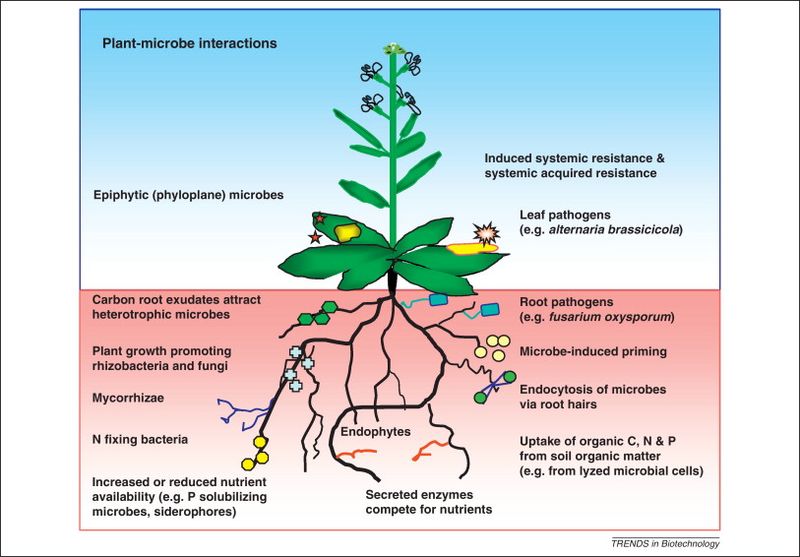DCcan
Well-Known Member
The kelp and char additives in Recharge/etc convince people that the microbes are working fast. Great for half dead plants, keeps anything else from moving in. I bought a bag after XtremeMykos, it was obvious later they were antagonistic.
It's not a bad product per se, just different philosophy for growing, expensive, also doesn't require a steep learning curve.
The application timing, what to tank mix, how to tank mix, understanding foliar vs root vs soil application, learning biology, all that goes away with Recharge.
It's a huge learning curve to figure out the rhizobiome, most the gains are incremental but compounding upon each other.


It's not a bad product per se, just different philosophy for growing, expensive, also doesn't require a steep learning curve.
The application timing, what to tank mix, how to tank mix, understanding foliar vs root vs soil application, learning biology, all that goes away with Recharge.
It's a huge learning curve to figure out the rhizobiome, most the gains are incremental but compounding upon each other.





